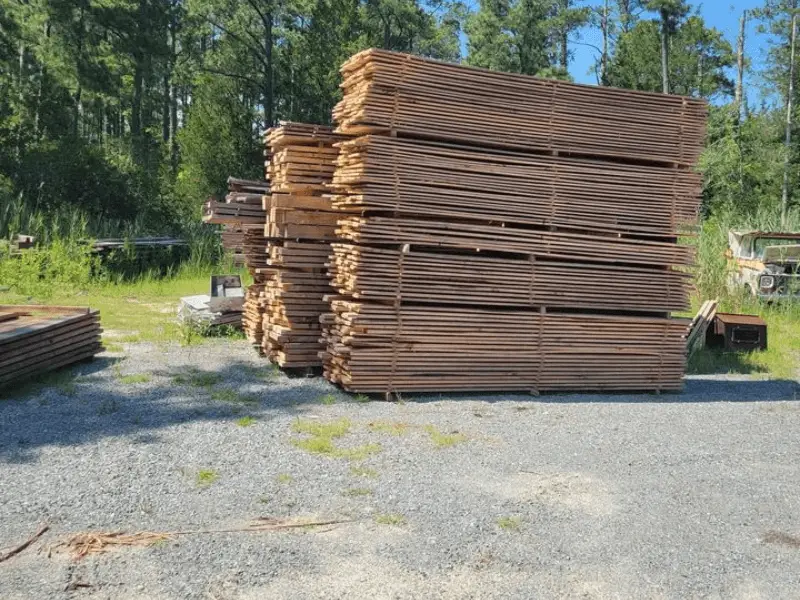Pine Wood has become one of the world’s most popular types of wood today, with over half of all lumber coming from pine trees. However, most people don’t know much about the wood itself, and they may have some misconceptions concerning how to use it and how it appears.
This comprehensive guide will give you the knowledge you need to make informed decisions about pine wood, whether you’re buying it or working with it on your own project. You will learn about its properties, where to find it, and how to work with it as efficiently as possible.
Understanding Pinewood
What Is Pine Wood?
Pine wood is a kind of softwood that is typically used in construction, furniture-making, and woodworking. It belongs to the conifer family, usually a softwood family. They are generally needle-leaved evergreen trees.
It is considered the most widely used wood species due to its strength, durability, and low cost. Pine wood is simple to work with and takes stains well, making it a versatile material for various projects.
Pinewood’s physical properties
The physical characteristics of a sample play a significant role in its anatomical features in the identification of wood. In a few instances, these characteristics offer a quick solution. A piece of wood’s physical characteristics, such as color, can be identified by simple observation and handling.
color
The first thing we probably notice when we look at a piece of wood is its colour. The distinctive colours associated with many kinds of wood result from extractives deposited during heartwood formation. However, in evaluating colour in a sample, it is important to consider whether it is heartwood or sapwood. Typically, the sapwood of pine trees is a creamy, yellow colour, while the heartwood is brown.
Figure and grain (pattern)
Pine’s working characteristics and grain structure are largely consistent between various species. All pine has a straight grain pattern with irregular knots and is ring-porous, showing the wood’s growth rings as dark bands. They have a medium grain texture, and the grain is very close to one another, making it easier to work with pine wood.
Hardness
The Janka hardness scale determines the hardness of any wood. The rating increases with wood hardness. On the Janka hardness scale, some pines can reach 900 lbf, but most are much softer, often at or below 500 lbf.
Despite its softness, pine has exceptional structural stability and is typically resistant to different seasons’ changes. But it is always advisable to pressure treat your pine, especially if you plan to use it for outdoor projects, to increase its durability and make it resistant to rot and insects.
Odor
Odor is a key identifying characteristic in wooded areas where it is both distinctive and constant. Conifers that fall under this category include Douglas fir, incense cedar, Alaska yellow cedar, and pines. Many species of plants and animals share pine’s well-known scent.
Workability
Pine is one of the easier woods to work with. It is a softer wood, which means it is less likely to cause damage to your tools. It works with both hand and power tools. The majority of pine, however, has resinous sap and leaves a lot of pitch on woodworking tools.
This pitch negatively affects its workability because it sticks to the cutting blades. By ensuring that your tools are sharp, you can keep your blades and bits as free of the pitch as possible. Additionally, cutting pine with sharp tools ensures a cleaner cut, as blunt tools will utterly destroy the wood and cause a lot of chipping and splintering, resulting in less-than-ideal results.
Check: Can a chainsaw carve pine?
Challenges working with pine wood
While it is a versatile material, pine wood has some challenges you should be aware of before beginning your next project.
- The biggest problem with working with pine wood is the knots found throughout the tree’s trunk. Knots can cause issues during installation or damage finished surfaces, so they should be cut out when possible.
- Additionally, this type of wood can warp during installation or when storing it on the ground, waiting for use. But to prevent warping, it is best to store this in a cool, shaded, or dry place and also store the wood vertically rather than horizontally.
- Working with pine frequently involves dealing with its sticky sap, which sticks to cutting tools. You can, however, avoid this by keeping your tools sharp.
- Pine is likely to crack easily if you do not season it well.
- Another issue that occurs when you do not care for your wood is that it is easily susceptible to scratches and dents, making it easily damaged.
- Pine frequently requires careful, correct treatment every time with powerful and effective preservatives to prevent rot.
Advantages of Working With Pine
- Pine is an abundant and renewable resource, making it an affordable wood for many projects.
- Pine is also a lightweight wood, so it’s easy to work with.
- Pine has a beautiful grain pattern that can be enhanced with stains and varnishes.
- Pine is also durable and rot-resistant, making it ideal for outdoor projects.
- Pine is a versatile wood that’s perfect for furniture building, cabinetry, molding, millwork, and more.
- Pine can be used indoors or outdoors due to its durability and resistance to decay caused by moisture or pests.
- Finally, pine is easy to find at most lumberyards and home improvement stores.
Varieties of Pinewood and Common Uses
There are many different types of pine wood, each with unique characteristics.
White pine
White pine, also known as Eastern white pine, is one of the most popular types of pine wood used in construction and furniture making.
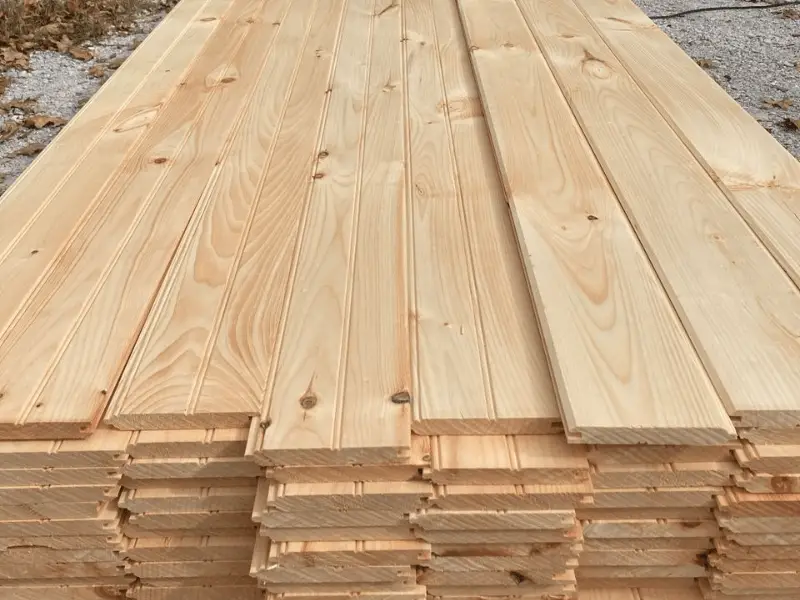
Characteristics
- Eastern white pine has light brown heartwood that frequently has a reddish tint.
- It becomes darker as it is exposed to air.
- The wood is straight-grained and has a fairly uniform texture.
- It ranks highly for stability and is easily kiln-dried.
- It also experiences little shrinkage.
- Additionally, it is simple to work with and is readily glueable.
- Finally, the Eastern white pine has low stiffness, low strength, moderate softness, and low shock resistance.
Common Uses of White pine
Almost all eastern white pine is turned into lumber, which is then used in various ways.
- Woods of lower grades or the second-growth knotty wood is usually used to make structural wood.
- Patterns for castings are made from high-quality lumber.
- Other important applications include making sashes, doors, furniture, interior woodwork, knotty paneling, caskets, shade and map rollers, and toys.
Ponderosa pine
Ponderosa pine is native to North America and grows throughout regions such as California, Oregon, Washington, Idaho, Montana, Wyoming, and Arizona.
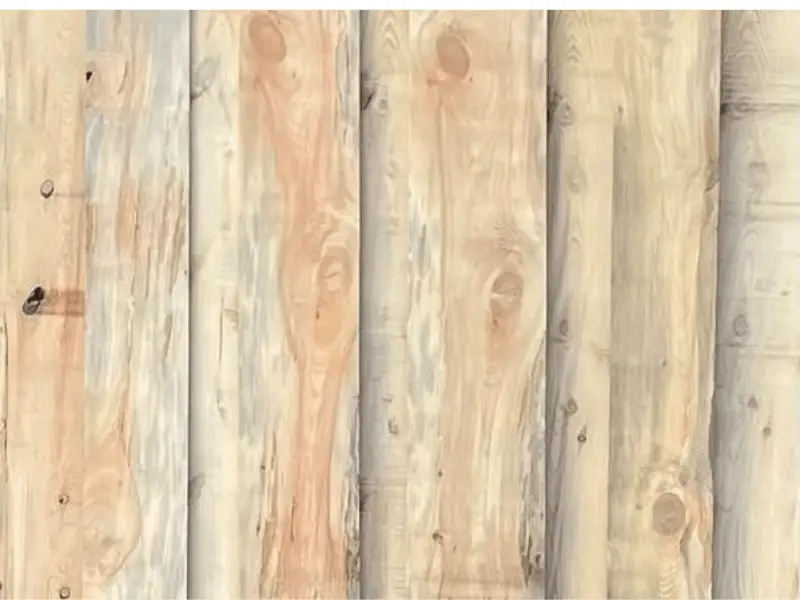
Characteristics
- The Ponderosa pine’s wide sapwood ranges in color from nearly white to pale yellow
- while the heartwood is a light reddish brown.
- The wood of the ponderosa pine’s outer portions is typically moderately low in strength, soft, stiff, and low in shock absorption while being moderately light in weight.
- It is also typically present in saw timber size.
- It has a straight grain and experiences only mild shrinkage.
- Also, It has a fairly uniform texture and little tendency to twist or warp.
Common Uses of Ponderosa pine
- Aside from being used as veneer, piles, poles, posts, mine timbers, and railroad crossties, ponderosa pine is primarily used for wood.
- Other projects with ponderosa include making Sashes, doors, blinds, paneling, molding, interior woodwork, built-in bookcases, and cabinets that are all clear wood.
- Boxes and crates are made from low-grade lumber.
- Low- or intermediate-grade lumber is used for sheathing, subflooring, and roof boards.
- Interior woodwork is made of ponderosa pine with knots.
Spruce pine
Spruce pine (also known as cedar) is also very popular and widely used. Despite its name, spruce pine does not belong to the spruce tree family; instead, it belongs to the Pinaceae (pine) family.
It is of the Southern Pine species group and is considered a minor species. The low, moist lands along the coasts of southeastern South Carolina, Georgia, Alabama, Mississippi, and Louisiana, as well as northern and northwest Florida, are where spruce pine is most frequently found.
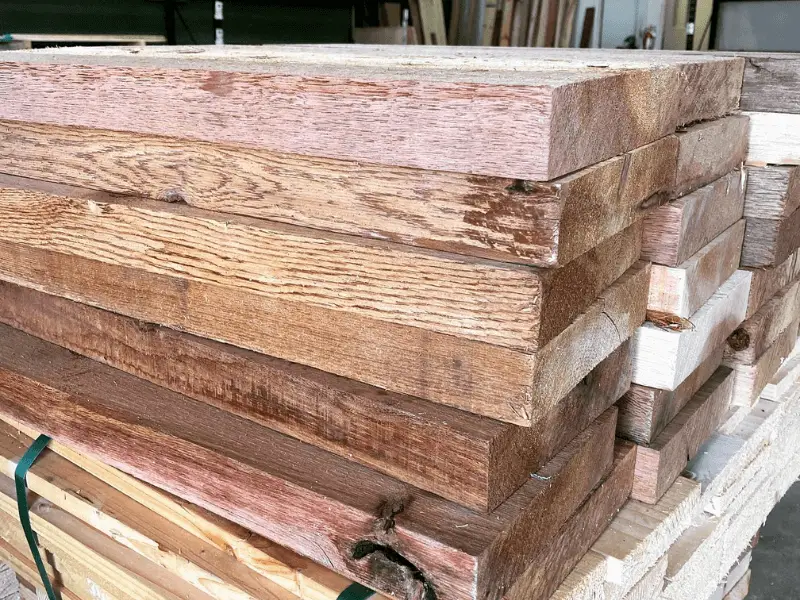
Characteristics
- The wide sapwood of spruce pine is almost white, and the heartwood is a light brown color.
- Compared to the main group of Southern Pine species, Spruce Pinewood has lower strength values in most cases.
- Regarding important bending characteristics, crushing strength (perpendicular to the grain and parallel), and hardness, spruce pine compares favorably to true western firs.
- Its maximum stress parallel to the grain resembles that of more dense species, like the coast Douglas-fir and loblolly pine.
Uses
- Spruce pine was primarily used locally for lumber, pulpwood, and fuelwood. However, in more recent years, many have been using it for plywood.
sugar pine
Sugar pine is the world’s largest species of pine. Most sugar pine is grown in California and southwest Oregon for lumber.
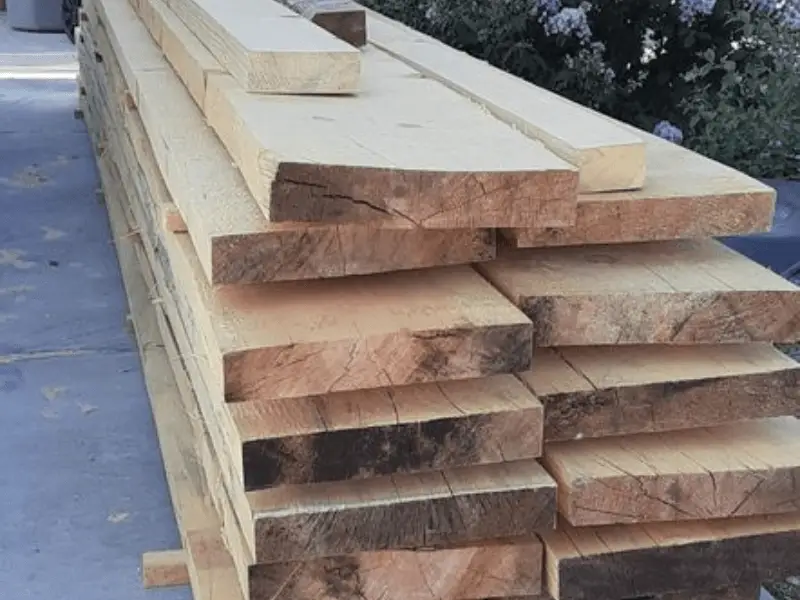
Characteristics
- The sugar pine’s heartwood is buff or light brown or sometimes tinged with red.
- The sapwood is creamy white.
- The wood has a straight grain, is relatively uniform in texture, and working with tools is simple.
- It also has very low shrinkage, is readily dried without warping or checking, and is dimensionally stable.
- Sugar pine is lightweight, moderately low in strength, moderately soft, low in shock resistance, and low in stiffness.
Uses
- Almost primarily, sugar pine is used to make wooden items.
- Most of them are utilized for building foundry patterns, sashes, doors, frames, blinds, general millwork, and boxes and crates.
- Due to its ease of cutting, dimensional stability, and good nailing qualities, sugar pine, like eastern white pine, can be used in almost every house area.
Finishing Pine Wood
Pine is a fantastic option for finishing because it’s reasonably priced and simple to use. Pine is frequently disregarded because it is challenging to finish as it is easily dented and scratched and very porous(It tends to absorb finishes). But the truth is that it can be incredibly beautiful when finished properly. Like any other wood, it accepts clear finishes like varnish or polyurethane.
Sand the wood first to remove any scratches and create a smooth surface that can take finish well if you want to finish pine wood quickly and easily. And never forget that we sand in the grain’s direction for uniformity. Additionally, don’t forget to sand the wood’s edges.
After completing all necessary preparations, such as sanding and dent removal, wood knots must be sealed with a layer of clear shellac to prevent pigments in the knots from transferring into the finish.
Check out the Best Polyurethane for pine floor
Buying Tips for Pine Wood
When it comes to buying pine wood, there are a few things you should keep in mind.
- First, consider the type of pine wood you need. There are many different pine types, so ensure you get the right one for your project.
- Second, think about how good the wood is. Pine is softwood, so it’s not as durable as other options. However, it’s still a good choice for many projects.
- Third, consider the price. Pinewood is typically less expensive than other hardwoods, but it can also be quite pricey depending on the type and grade.
- Finally, look at the dimensions of the pieces you’re considering. They should be even and well-shaped to avoid any potential issues when assembling or finishing them.

